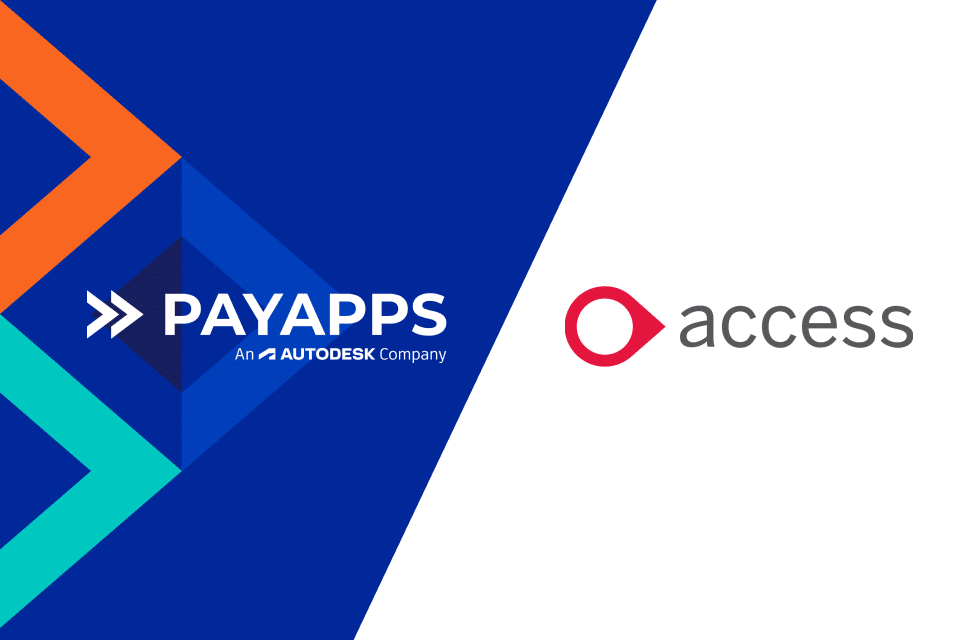Project Bank Accounts (PBAs) are now at the forefront of efforts to speed up the payment process for construction SMEs. With the Scottish Government the latest body to adopt their use, what do you need to know about this important development?

Efforts to speed up payments in the construction industry have received a significant boost following the Scottish Government’s switch to using Project Bank Accounts (PBAs) on all major projects.
The landmark decision makes PBAs a tender requirement for government building schemes worth more than £4 million and for civil engineering projects exceeding £10 million. Ministers have also urged other organisations involved in commissioning work on Scotland’s infrastructure to follow suit.
These ring-fenced bank accounts are a significant development because they allow for payments to be made directly and simultaneously to a lead contractor and members of the supply chain. As a result, SMEs should be paid faster — usually within five days — rather than the 100 days that many have to wait until payments trickle down to them.
PBAs have trust status and the funds are ring-fenced, so suppliers are not exposed to insolvency risks higher up the supply chain — for example, if the main contractor goes into administration.
Longer term thinking
Project Bank Accounts have been around for a number of years, with Crossrail — Europe’s biggest construction project — paying its suppliers this way since 2010. Another early adopter, Highways England, also expects £20 billion worth of work to have gone through its PBAs by 2020.
This is a significant step forward in an industry that still accounts for 31% of all late payments in the UK and where SMEs are owed an estimated £30 billion.
Lengthy payment periods mean many of the UK’s 280,000 construction businesses are having to focus on dealing with unnecessary interest charges and cash flow issues, rather than using funds for investment and growth. By taking early payment via the Project Bank Accounts, subcontractors are at least able to think more long term.
Harmonious relations
But the benefits of PBAs are not just to be found among the lower tiers of the supply chain. As a lead contractor, you are less likely to become mired in bureaucracy and disputes, or fall foul of fair payment regulations.
There’s also better visibility on the timing of transactions and more chance of achieving collaboration and harmonious relations across the supply chain. So what do you need to get on board?
Firstly, it’s essential that all members of the PBA have made the transition from paper payment processes to full automation. Only through digitisation is it possible to achieve a full understanding of your processing costs, performance metrics and gain visibility across the supply chain.
Before any invoices can be settled under the PBA, all parties must first submit their payment claims, stating how much work they claim to have carried out and how much money they are applying for as a result. Until this has been completed, there’s huge potential for delays and disputes.
Real-time collaboration
As any contractor will know, the payment claims process can be slow and disjointed, with paperwork, emails and spreadsheets flying around between various parties. Differences of opinion often arise over the assessment of applications or mathematical errors that may have crept into the process.
Collaboration is the key to overcoming these challenges, by facilitating the sharing and exchange of data both within and between organisations. Using a digital process at the payment claims stage means that data, documents and information can be shared in real time, so all parties have a single view on the status of every contract.
This means that everyone is on the same page and knows exactly where they stand, which is crucial for making visibility possible across the supply chain. This level of cooperation will unlock the power of Project Bank Accounts and go a long way to getting all contractors paid within days and not months.
Takeaways:
- Project Bank Account payments go directly and simultaneously to a lead contractor and members of the supply chain.
- Funds are ring-fenced, so suppliers are not exposed to insolvency risks higher up the supply chain.
- Lead contractors using PBAs shouldn’t become mired in bureaucracy and disputes, or fall foul of fair payment regulations.
- All beneficiaries of Project Bank Accounts must ditch paper-based processes.
- A digital-led collaborative approach at the payment claims stage will smooth the PBA process later on.





